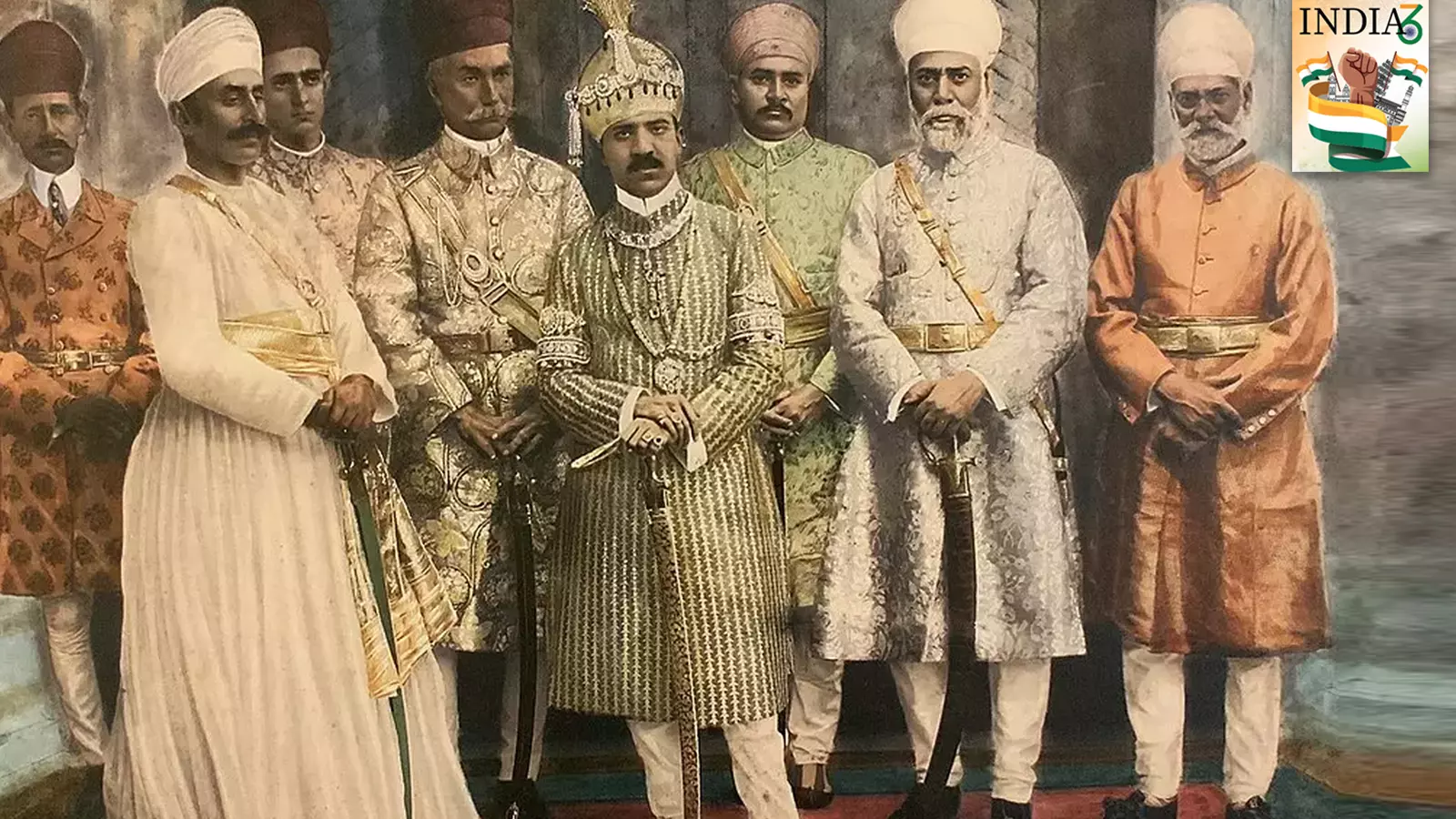
Hyderabad State Congress: Why it took over 60 years for INC to enter Nizam’s Dominion
The Nizam’s government considered the term ‘Congress’ politically potent, hindering the formation of Hyderabad State Congress for 63 years

Though the Indian National Congress (INC) was formed in 1885, it took nearly 63 years for the Hyderabad state to have its own Congress. Mullah Abdul Qyayyum, a secular Muslim leader, was the first person to become a member of the INC from the Nizam’s Dominion. But as an organisation, the INC failed to find a foothold in the region.
The policy of Mahatma Gandhi-led Congress party towards the Nizam, and Hyderabad’s restrictions on political activities as well as its affiliations with organisations functioning outside the state were responsible for the delay in the formation of Hyderabad State Congress (HSC).
Gandhi’s reluctance to push nationalist agenda
The word Congress was seen by the Nizam’s government as politically potent and had the magic of uniting people from all faiths for a common political cause. The views of Sir Ali Imam, the president of the Executive Council of the Nizam’s State, hold a mirror to the policy of the government towards Gandhian Congress: “Mr. Gandhi’s movement has proved to be an insidious one, bringing in its wake lawlessness, pure and simple in every form it takes. The danger of the cult is all the great because of the religious incentive behind it.”
The Nizam brought out a rule called Gasti Nishan-53 way back in 1891 to ban political activities, free press, and publication of books that criticized the Nizam’s government. All meetings of Hyderabad political leaders were always held in British Indian towns such as Kakinada (1923), Mumbai (1926), Poona (1928), and Akola (1931).
Meanwhile, Gandhi was reluctant to push the nationalist agenda in the princely state due to his concerns about potential friction, given the communal views held by Hindu members who were advocating for political rights within the state.
The two visits to Hyderabad by Mahatma Gandhi — on April 7 in 1921, and on March 9 in 1934 — did not raise the question of the formation of the Hyderabad Congress. During both visits, what remained on the top of Gandhiji’s agenda was untouchability and Harijans’ uplift, prohibition, and the propagation of charkha, etc.
During one of his visits to Hyderabad, Gandhiji addressed a meeting where he said, “I am greatly pleased to hear that, in the Nizam’s Dominions, there is a sound Hindu-Muslim amity. I am very happy that Nizam has captivated the hearts of people by prohibiting cow slaughter. I am greatly delighted at your unity.”
Banned even before its birth
Nevertheless, Gandhian ideals started spreading across the state, paving the path for future political movements, said Professor Adapa Satyanarayana. “During the non-cooperative movement, several activities relating to prohibition and boycott of liquor and propagation of Khadi were intensified in Telangana. A number of Muslim intellectuals began to wear Khadi clothes and Gandhi topis,” Professor Satyanarayana, who taught history at Osmania University, said.
Finally, the INC cleared the decks to form the Congress party in Hyderabad in 1938 when its Haripura session adopted a resolution stating that all princely states were integral parts of India. When the party was formed in 1938, the word ‘Congress’ irked the Nizam’s government, delaying the birth of the party by another eight years. It was only in 1946, following the talk of transfer of power from British to Indians, when a congenial atmosphere was created to lift the ban on the word Congress by the Nizam’s government.
Swamy Ramananda Teertha, a Gulbarga-born Sadhu, was the first person to think of launching the Congress party in Hyderabad state. He came to Hyderabad in June 1938 and began enrolling the members for the party. But the Nizam’s government, stating that “in spite of outward professions it was going to be in reality a communal and subversive body,” banned the Hyderabad State Congress even before its birth.
The stalemate
Talks were held on lifting the ban and eventually, the Nizam’s government asked to remove the word Congress from the party’s name. Meanwhile, Congress launched the Satyagraha movement, the first political movement in the state, despite the ban, which led to the arrest of many leaders. Later, Gandhiji intervened and urged Prime Minister Sir Akbar Hydari to recognise the organisation and release party leaders. Though Hydari agreed to release the leaders, he did not relent when it came to lifting the ban.
When Congress leaders expressed the willingness to change the name of Hyderabad State Congress to Hyderabad State Conference, the government took a U-turn and refused to lift the ban on the pretext of possible communal tension the party would create in the state.
The stalemate continued till April 1946 when the talk of Independence gained momentum, following the visit of the Cabinet Mission on March 16, 1946. On their part, the Congress leaders, emboldened by the political atmosphere, were in no mood to change the name of the party either. Finally, buckling under the pressure from the public, the Nizam’s government lifted the ban on Hyderabad State Congress which immediately launched the ‘Join India’ movement against the last Nizam, Mir Osman Ali Khan, who was pleading with the British for the status of an Independent state.

